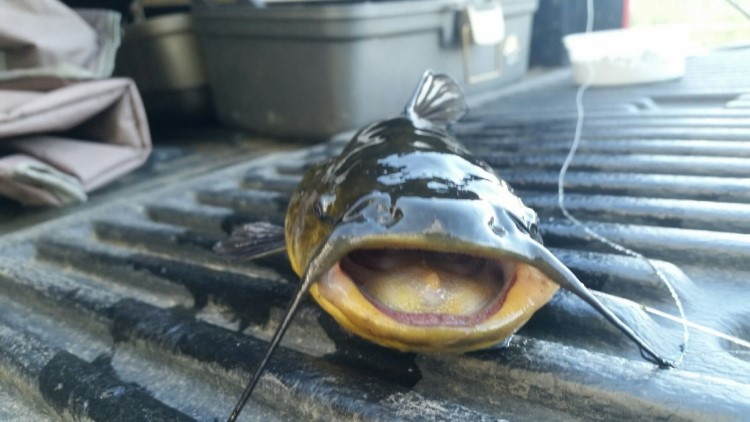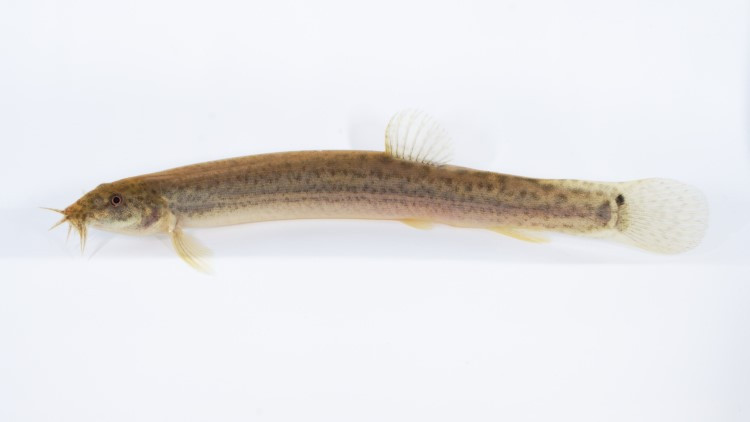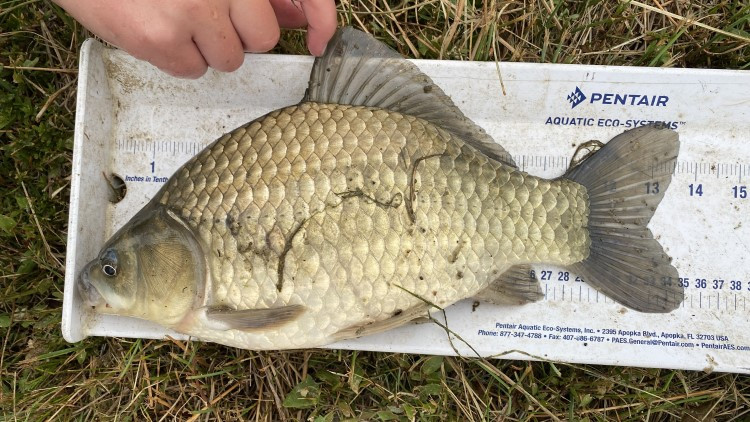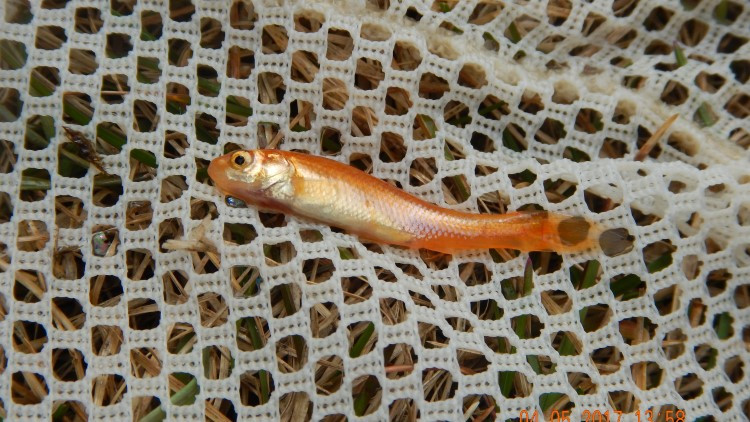Introduction
Invasive fish are non-native species introduced into aquatic ecosystems. These species:
- have high reproductive abilities
- compete with native species for food and resources
- disrupt ecosystems, threatening native plant, fish and insect populations
Invasive fish species disrupt overall biological diversity of ecosystems, and impact recreational fisheries. All species found on this page have been detected in Alberta.
Common invasive fish species





Invasive fish response
As invasive fish species become established across the province, it is important for organizations to work together to prevent the spread, minimize impacts and use control methods to eradicate them where possible. Rotenone treatments are used by the Alberta government and partners due to the high likelihood of success in eliminating undesirable fish species from compromised waterbodies. Organizations, such as municipalities, can also perform select treatments to eradicate invasive fish species. Here is what you need to know to prepare for doing a treatment:
Help stop the spread of invasive fish
Report aquatic invasive species:
- Phone: 1-855-336-2628 (BOAT)
- Online: EDDMapS
Learn more about identifying and preventing invasive fish species:
Spread the word about the threats invasive fish pose: